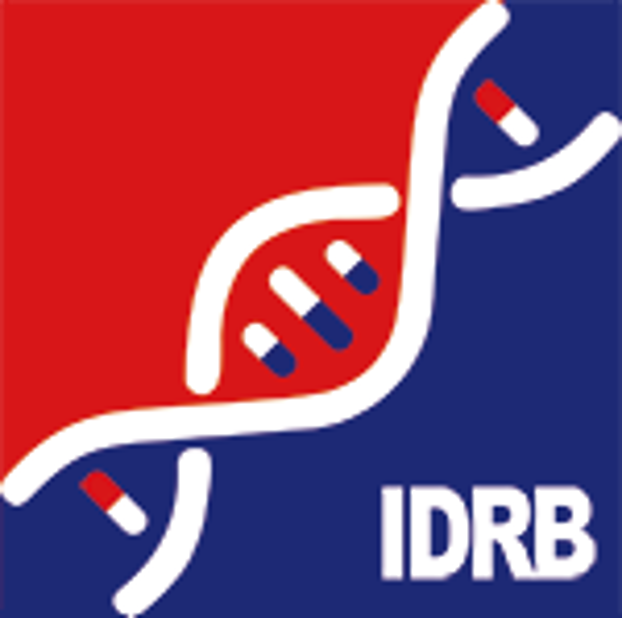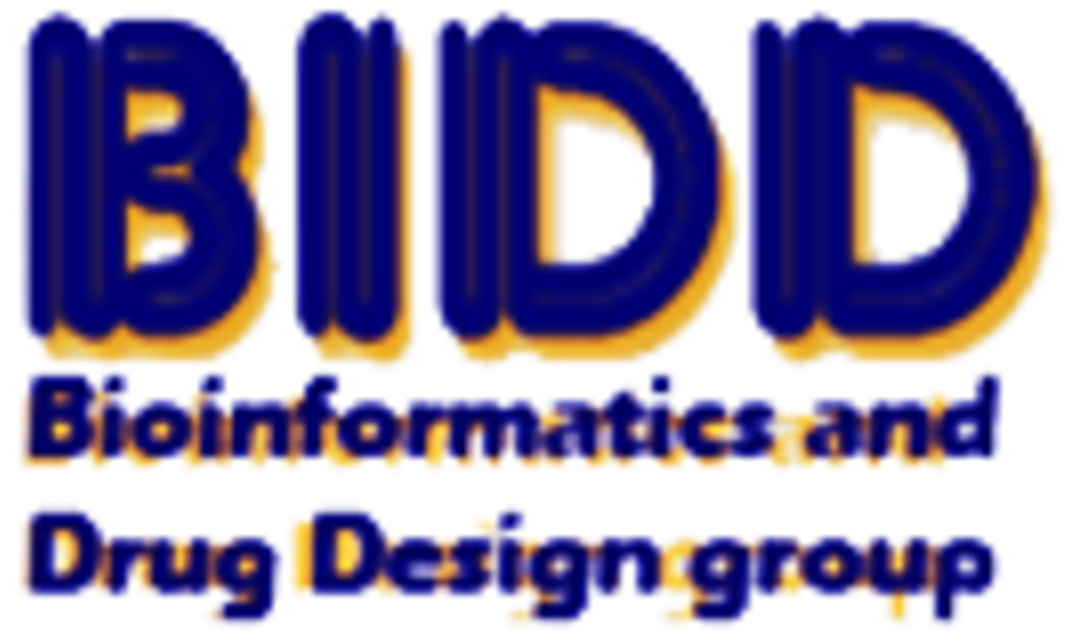Target Information
| Target General Infomation | |||||
|---|---|---|---|---|---|
| Target ID |
T05090
|
||||
| Former ID |
TTDI01956
|
||||
| Target Name |
Histone deacetylase-3
|
||||
| Gene Name |
HDAC3
|
||||
| Synonyms |
HD3; Histone deacetylase 3; RPD32; SMAP45; HDAC3
|
||||
| Target Type |
Clinical Trial
|
||||
| Disease | Solid tumours [ICD9: 140-199, 210-229; ICD10: C00-D48] | ||||
| Function |
Responsible for the deacetylation of lysine residues on the N-terminal part of the core histones (H2A, H2B, H3 and H4), and some other non-histone substrates. Histone deacetylation gives a tag for epigenetic repression and plays an important role in transcriptional regulation, cell cycle progression and developmental events. Histone deacetylases act via the formation of large multiprotein complexes. Participates in the BCL6 transcriptional repressor activity by deacetylating the H3 'Lys- 27' (H3K27) on enhancer elements, antagonizing EP300 acetyltransferase activity and repressing proximal gene expression. Probably participates in the regulation of transcription through its binding to the zinc-finger transcription factor YY1; increases YY1 repression activity. Required to repress transcription of the POU1F1 transcription factor.Acts as a molecular chaperone for shuttling phosphorylated NR2C1 to PML bodies for sumoylation (PubMed:21444723, PubMed:23911289). Contributes, together with XBP1 isoform 1, to the activation of NFE2L2-mediated HMOX1 transcription factor gene expression in a PI(3)K/mTORC2/Akt-dependent signaling pathway leading to endothelial cell (EC) survival under disturbed flow/oxidative stress (PubMed:25190803).
|
||||
| BioChemical Class |
Carbon-nitrogen hydrolase
|
||||
| UniProt ID | |||||
| EC Number |
EC 3.5.1.98
|
||||
| Sequence |
MAKTVAYFYDPDVGNFHYGAGHPMKPHRLALTHSLVLHYGLYKKMIVFKPYQASQHDMCR
FHSEDYIDFLQRVSPTNMQGFTKSLNAFNVGDDCPVFPGLFEFCSRYTGASLQGATQLNN KICDIAINWAGGLHHAKKFEASGFCYVNDIVIGILELLKYHPRVLYIDIDIHHGDGVQEA FYLTDRVMTVSFHKYGNYFFPGTGDMYEVGAESGRYYCLNVPLRDGIDDQSYKHLFQPVI NQVVDFYQPTCIVLQCGADSLGCDRLGCFNLSIRGHGECVEYVKSFNIPLLVLGGGGYTV RNVARCWTYETSLLVEEAISEELPYSEYFEYFAPDFTLHPDVSTRIENQNSRQYLDQIRQ TIFENLKMLNHAPSVQIHDVPADLLTYDRTDEADAEERGPEENYSRPEAPNEFYDGDHDN DKESDVEI |
||||
| Drugs and Mode of Action | |||||
| Drug(s) | CHR-3996 | Drug Info | Phase 1 | Solid tumours | [1], [2] |
| Inhibitor | CHR-3996 | Drug Info | [1] | ||
| droxinostat | Drug Info | [3] | |||
| RGFP966 | Drug Info | [4] | |||
| Pathways | |||||
| KEGG Pathway | Thyroid hormone signaling pathway | ||||
| Alcoholism | |||||
| Viral carcinogenesis | |||||
| PANTHER Pathway | Wnt signaling pathway | ||||
| Pathway Interaction Database | Signaling events mediated by HDAC Class II | ||||
| Signaling events mediated by HDAC Class I | |||||
| Retinoic acid receptors-mediated signaling | |||||
| Validated targets of C-MYC transcriptional repression | |||||
| Regulation of retinoblastoma protein | |||||
| References | |||||
| REF 1 | A phase I pharmacokinetic and pharmacodynamic study of CHR-3996, an oral class I selective histone deacetylase inhibitor in refractory solid tumors. Clin Cancer Res. 2012 May 1;18(9):2687-94. | ||||
| REF 2 | (http://www.guidetopharmacology.org/) Nucleic Acids Res. 2015 Oct 12. pii: gkv1037. The IUPHAR/BPS Guide to PHARMACOLOGY in 2016: towards curated quantitative interactions between 1300 protein targets and 6000 ligands. (Ligand id: 8391). | ||||
| REF 3 | Selective inhibition of histone deacetylases sensitizes malignant cells to death receptor ligands. Mol Cancer Ther. 2010 Jan;9(1):246-56. | ||||
| REF 4 | HDAC3-selective inhibitor enhances extinction of cocaine-seeking behavior in a persistent manner. Proc Natl Acad Sci U S A. 2013 Feb 12;110(7):2647-52. | ||||
If You Find Any Error in Data or Bug in Web Service, Please Kindly Report It to Dr. Zhou and Dr. Zhang.

